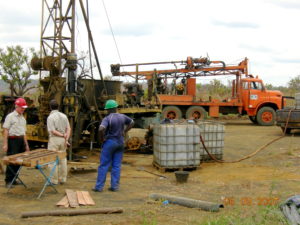by J. Taylor, Mar 4, 2025 in ClimateChangeDispatch
Renewable power advocates often claim wind and solar are less expensive energy sources than coal, natural gas, and nuclear power. [emphasis, links added]
Such a claim begs the question of why the heavily subsidized Ivanpah solar power facility is going out of business, following a long line of other renewable energy project bankruptcies.
Also, why would most of the world continue to build coal power plants if it is more expensive than wind and solar? The answer is wind and solar are expensive, financial losers. A recent peer-reviewed analysis proves that point.
A recent study, published in the peer-reviewed journal Energy, reports on the full-system levelized cost of electricity generation. The term “full system” is key.
Many entities have assessed what it costs utilities to purchase or produce electricity from existing sources and deliver it to customers.
These cost assessments, however, ignore the intermittency of wind and solar and how intermittency adds substantial costs to the entire electric grid.
The cost assessments also fail to account for how wind and solar projects cannot be built just anywhere and often require new, long, expensive, and inefficient transformation lines to deliver power from the generation locations to consumers. This also adds substantial costs to the overall electric grid.
The peer-reviewed Energy study analyzes these factors and presents an apples-to-apples cost comparison of the full-system cost of wind, solar, coal, natural gas, and nuclear power.
The verdict is devastating to wind and solar power and explains why most of the world prefers to build coal and natural gas power plants.
…








































































